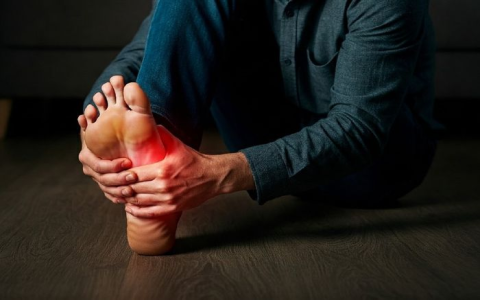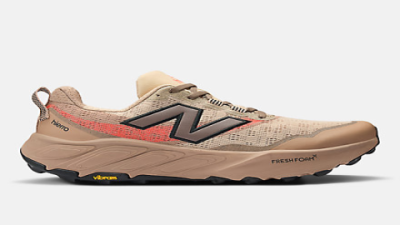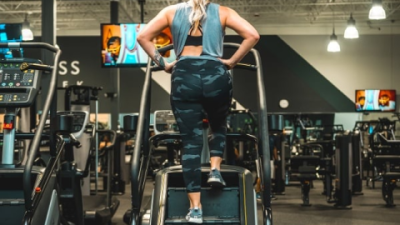Sandals are the go-to footwear when the sun’s out and the weather’s warm, right? They’re easy, breezy, and just feel good on your feet after months of closed shoes. But have you ever noticed how your toes tend to grip or curl around the sandal’s sole, almost like they’re holding on for dear life? It might seem like no big deal, but believe it or not, this little habit can actually cause some serious trouble for your feet over time.
So, what’s really going on when your toes grip your sandals? Well, unlike sneakers or boots that hug your feet snugly, sandals—especially the flimsy flip-flop kind—don’t offer much support. Your toes end up doing extra work, curling and gripping to keep the sandal from slipping off. It’s kind of like your toes are the unsung heroes trying to keep your footwear in place, but this “help” can backfire.
When your toes grip constantly, the muscles and tendons in your feet get overworked. Imagine them running a marathon every time you walk, even though you’re just taking a casual stroll. This can lead to muscle imbalances, fatigue, and eventually pain. Plus, gripping changes the way you walk. Instead of a smooth roll from heel to toe, your foot becomes a bit more rigid, and that can throw off your whole gait.
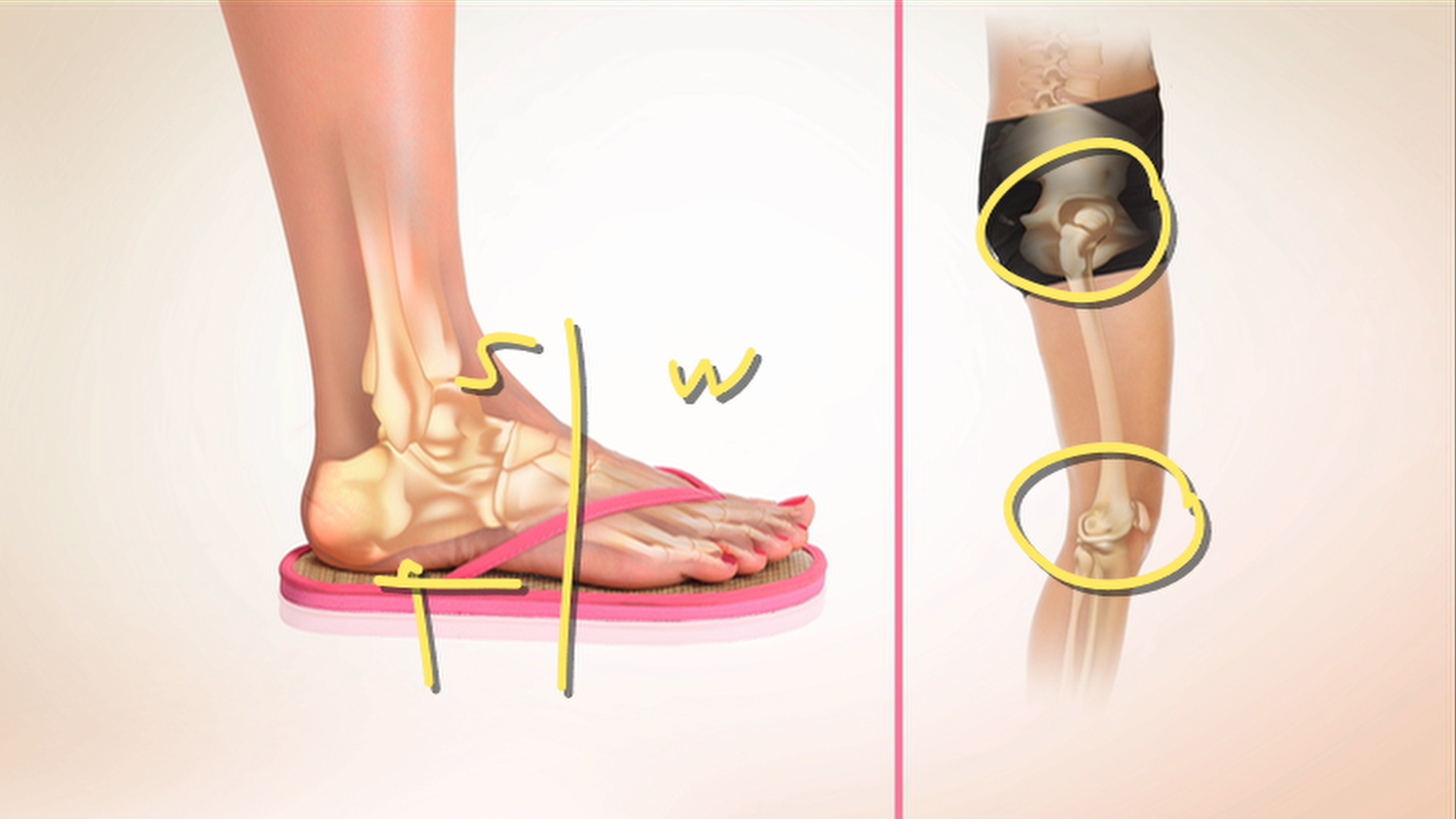
And it’s not just about tired feet. This gripping can put extra pressure on your toe joints, making them bend more than they should. Over time, this can cause painful deformities like hammertoes. You might also notice calluses or corns developing where your toes rub against the sandal or each other. Not to mention, the plantar fascia—the thick band of tissue supporting your foot’s arch—can get stretched out, leading to that dreaded heel pain known as plantar fasciitis.
Flip-flops are the worst offenders here. That little strap between your big toe and the next one forces your toes to clamp down with every step. It’s like your toes are constantly holding onto a rope, and that’s not natural for them. Plus, flip-flops usually have flat, thin soles with zero arch support, which makes your feet work even harder. And the strap itself? It can cause blisters and irritation between your toes.
But don’t despair—there are ways to protect your feet without giving up on sandals altogether. For starters, look for sandals that have good arch support. This helps keep your foot aligned properly and reduces strain. Sandals with multiple straps, including one around the heel, can hold your foot securely so your toes don’t have to do all the gripping. Also, pay attention to the sole: it should bend at the ball of your foot, not the middle, and have enough cushioning to absorb shock.
Fit matters a lot, too. Your sandals shouldn’t be so loose that your toes have to claw to keep them on, but they also shouldn’t squeeze your feet. Ideally, your heel and toes should rest comfortably on the sole without hanging over the edges. Some brands even make toe-spreading sandals designed to encourage your toes to splay naturally, which is great for foot health.
Here’s a quick rundown of how different sandals stack up when it comes to foot health:
| Sandal Type | Support Level | Toe Gripping Needed | Common Issues | Best Use |
|---|---|---|---|---|
| Flip-Flops | Low | High | Plantar fasciitis, hammertoes, blisters | Short-term, casual wear |
| Slide Sandals | Low to Moderate | Moderate | Foot fatigue, blisters | Casual wear, limited walking |
| Sport Sandals | Moderate | Low | Better stability, fewer issues | Active use, walking |
| Toe-Spreading Sandals | Moderate to High | Low | Reduced deformities, improved gait | Daily wear for foot health |
| Orthotic Sandals | High | Minimal | Supports arch, reduces strain | Long walks, foot conditions |
Now, you might be wondering, “Is it really that bad if my toes grip my sandals a little?” Well, occasional gripping probably won’t ruin your feet overnight, but if it’s a daily habit—especially with poorly designed sandals—it can lead to problems down the road. If you start noticing pain, calluses, or changes in your toes’ shape, it’s a good idea to rethink your footwear.
Here are some quick tips to help you stop your toes from gripping your sandals:
- Choose sandals with a back strap or multiple straps for better hold.
- Look for cushioned soles with arch support.
- Make sure your sandals fit well—not too loose or tight.
- Limit wearing flip-flops to short periods, like at the beach or poolside.
- Consider trying toe-spreading sandals for better foot alignment.
And if you’re dealing with persistent foot pain or deformities, don’t just tough it out. Seeing a podiatrist can make a huge difference. They can offer treatments, exercises, or custom orthotics to help your feet heal and prevent further damage.
In the end, sandals are great for summer, but your toes shouldn’t have to work overtime just to keep them on. Treat your feet right by picking supportive, well-fitting sandals that let your toes relax and do what they’re naturally meant to do—spread out and enjoy the walk.
Frequently Asked Questions
Q: Is it normal for my toes to grip my sandals?
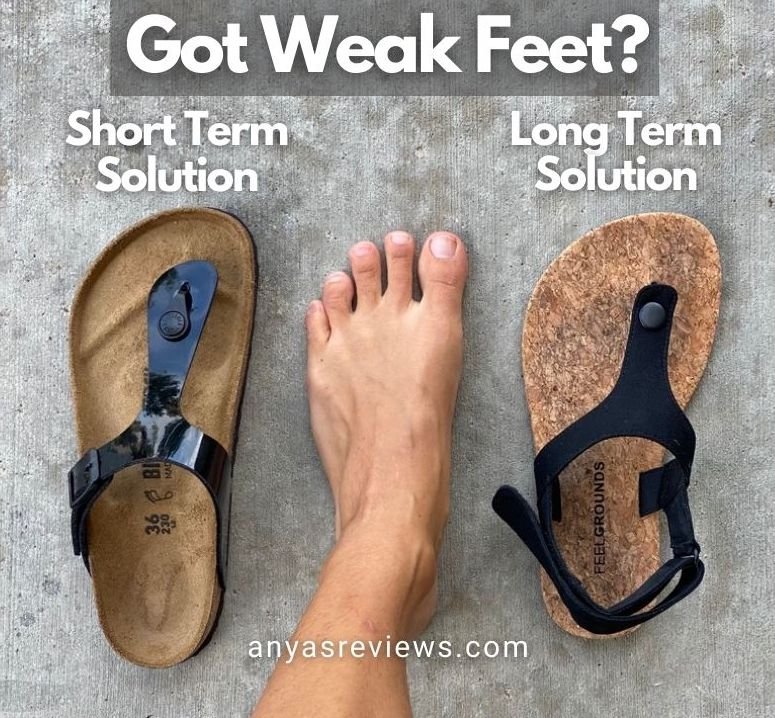
A: It’s pretty common, especially with loose sandals like flip-flops. But if your toes are gripping a lot, it usually means the sandals don’t fit well or lack support, which can cause problems.
Q: Can gripping sandals cause hammertoes?
A: Yes, if your toes curl repeatedly over time, it can lead to hammertoes, where the toe joints bend abnormally and become painful.
Q: How do I stop my toes from gripping my sandals?
A: Try sandals with better straps and arch support. Make sure they fit well so your toes don’t have to hold on. Avoid wearing flip-flops for long walks.
Q: Are all sandals bad for my feet?
A: Not at all. Some sandals are designed with foot health in mind and can be very supportive and comfortable.
Q: What signs show my sandals might be hurting my feet?
A: Watch out for toe pain, blisters, calluses, heel pain, or changes in how you walk. These can all be clues that your sandals aren’t doing your feet any favors.
